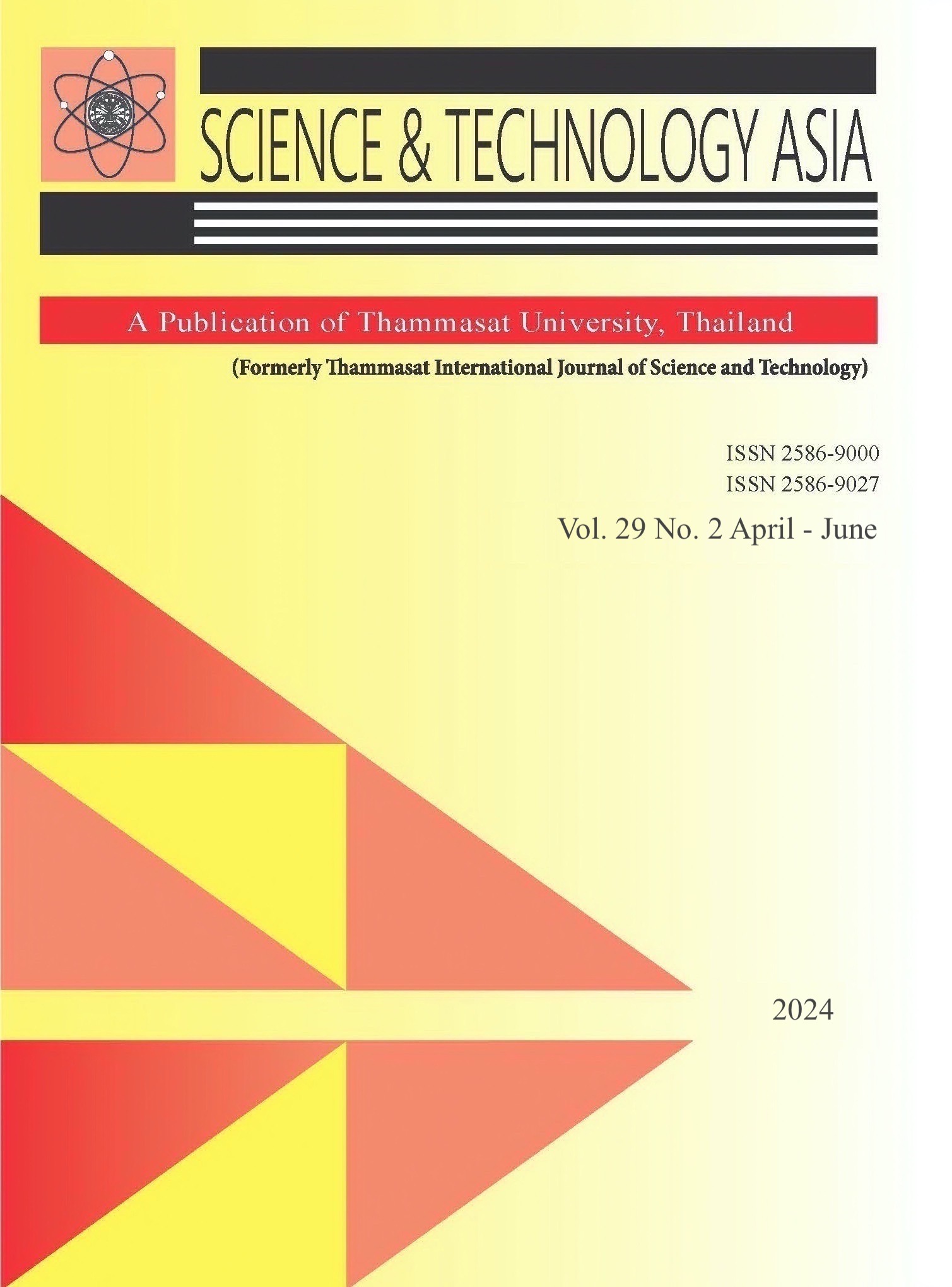Implementing the Taguchi-Statistical Learning-DEAR Methodology in a MultiCriteria Decision Making Approach to Balance Trade-offs in Evolutionary Algorithm Performance
Main Article Content
Abstract
This work presents a new approach to improving the efficiency of Evolutionary Algorithms (EA) in extremely noisy function landscapes. Statistical Learning, Taguchi analysis and normalization, and Data Envelopment Analysis based Ranking (DEAR) are used to provide a hybrid technique that provides a complete framework for EA parameter adjustment. The study examines the effects of four important EA parameters on function yield and computing time: convergence, mutation rate, population size, and random seed. Taguchi analysis and normalization is used to generate an efficient experimental design that covers different combinations of parameter values, allowing a methodical exploration of the parameter space. Subsequently, the DEAR approach is employed to prioritize each set of parameters according to certain optimization criteria. To further complicate matters, the optimization goals and EA parameters are both modeled using Statistical Learning approaches. There has been a lot of testing with noisy functions of artificial landscapes with three different types: single-peak, curved-ridge, and multi-peak. Assuming a normally distributed distribution with a mean of 0 and standard deviations of 0.05 and 0.2, noise presents practical obstacles to optimization. When compared to more traditional approaches of parameter tuning, the suggested hybrid strategy clearly outperforms the competition in terms of computing time, function yield, and mean and standard deviation of both metrics. The technique shows improved resilience and adaptability across varied noisy environments and more successfully finds optimal parameter configurations, according to the results. By demonstrating its flexibility to meet evolving optimization needs, sensitivity assessments provide more evidence of the suggested methodology's dependability. Finally, the research presents a state-of-the-art hybrid method for tweaking evolutionary algorithm parameters, which considerably improves upon previous efforts. In particular, when it comes to dealing with complicated and noisy optimization scenarios, the offered technique stands out due to its capacity to continuously produce greater performance, making a vital addition to the optimization community.
Article Details

This work is licensed under a Creative Commons Attribution-NonCommercial-NoDerivatives 4.0 International License.
References
Banker R, Charnes A, Cooper WW, Swarts J, Thomas DA. An introduction to data envelopment analysis with some of its models and their uses. Res Government Nonprofit Account. 1989;5:125-63.
Tone K. A slacks-based measure of efficiency in data envelopment analysis. Eur J Oper Res. 2001;130:498-509.
Despotis DK, Smirlis YG. Data envelopment analysis with imprecise data. Eur J Oper Res. 2002;140:26-36.
Ramanathan R. An introduction to data envelopment analysis: A tool for performance measurement. Sage Publications India Pvt Ltd, Sage Publications Inc, Sage Publications Ltd; 2003.
Barr RS. DEA software tools and technology: A state-of-the-art survey. In: Handbook on Data Envelopment Analysis. 2004:539-66.
Ray SC. Data Envelopment Analysis: Theory and Techniques for Economics and Operations Research. Cambridge University Press; 2004.
Cook WD, Seiford LM. Data envelopment analysis (DEA) – Thirty years. Eur J Oper Res. 2009;192:1-17.
Ji YB, Lee C. Data envelopment analysis. Stata J. 2010;10(2):267-80.
Liu JS, Lu LYY, Lu WM, Lin BJY. Data Envelopment analysis 1978-2010: A citation-based literature survey. Omega. 2012.
Ross PJ. Taguchi techniques for quality engineering: Second Edition. McGrawHill Companies; 1988.
Gardziejczyk W, Zabicki P. Normalization and variant assessment methods in selection of road alignment variants – case study. J Civil Eng Manag. 2017;23(4).
You S, Yan H. A new approach in modelling undesirable output in DEA model. J Oper Res Soc. 2011;62(12).
Eyni M, Tohidi G, Mehrabeian S. Applying inverse DEA and cone constraint to sensitivity analysis of DMUs with undesirable inputs and outputs. J Oper Res Soc. 2016.
Broadhurst D, Goodacre R, Jones A, Rowland JJ, Kell DB. Genetic algorithms as a method for variable selection in multiple linear regression and partial least squares regression, with applications to pyrolysis mass spectrometry. Anal Chim Acta. 1997;71-86.
Broadhurst D, Goodacre R, Jones A, Rowland JJ, Kell DB. Development of the Rsm-Based Hybrid Evolutionary Algorithm for Low Vibration of Ship Structure. In: Proceedings of Engineering Asset Management. 2006:1043-49.
Chang PC, Huang WH, Ting CJ, Fan CY. Dynamic diversity control in genetic algorithm for exploration of solution space in multi objective TSP. In: International Conference on Innovative Computing Information and Control. 2008.
Kwon YM. An alternative optimization procedure for parameter design. J Chosun Nat Sci. 2019;12(3):69-73.
Sameer MD, Birru AK, Srinu G, Naresh C. Effect of process parameters during electric discharge machining of maraging steel and optimization using TaguchiDEAR method. World J Eng. 2023;20(3):409-17.
Hong SN, Vo Thi Nhu U. Multi-objective optimization in turning operation of AISI 1055 steel using DEAR method. Int J Interact Des Manuf. 2023;17(3):1021-38.
Iqbal MU, Santhakumar J, Sharma G, Singh R. Multi objective optimization of drilling process parameters on aluminium 6061 alloy using GRA and DEAR technique. AIP Conf Proc. 2022;2460:020010.
Patel H, Patel J, Tandel D, Variava J. Multi-response optimization for sustainable turning of Ti–6Al–4V alloy using Taguchi-DEAR methodology. In: Lecture Notes in Mechanical Engineering. 2022:275-88


